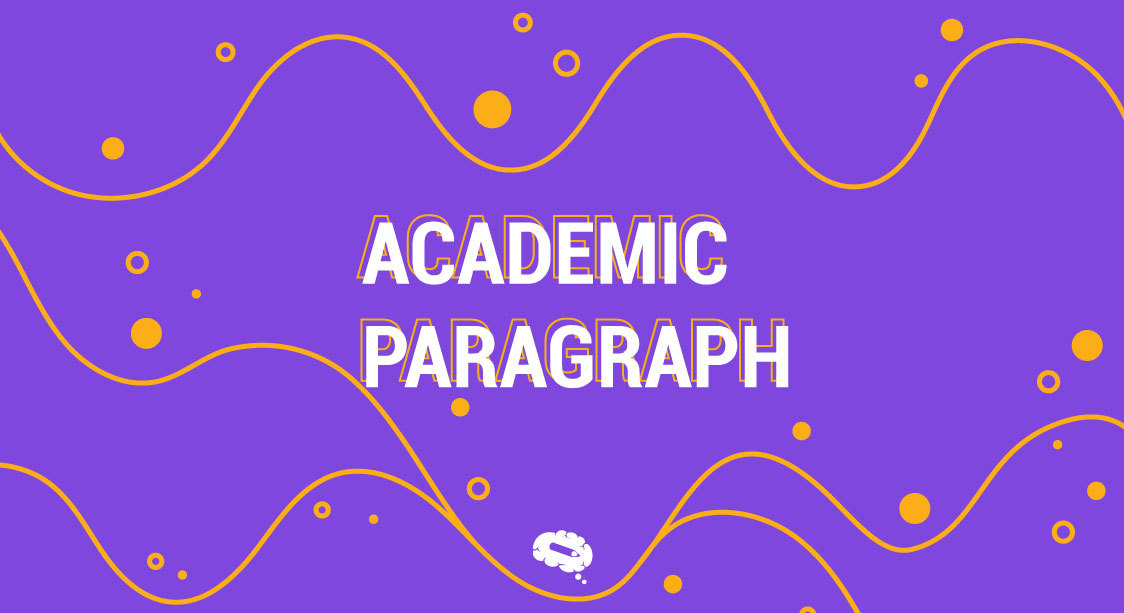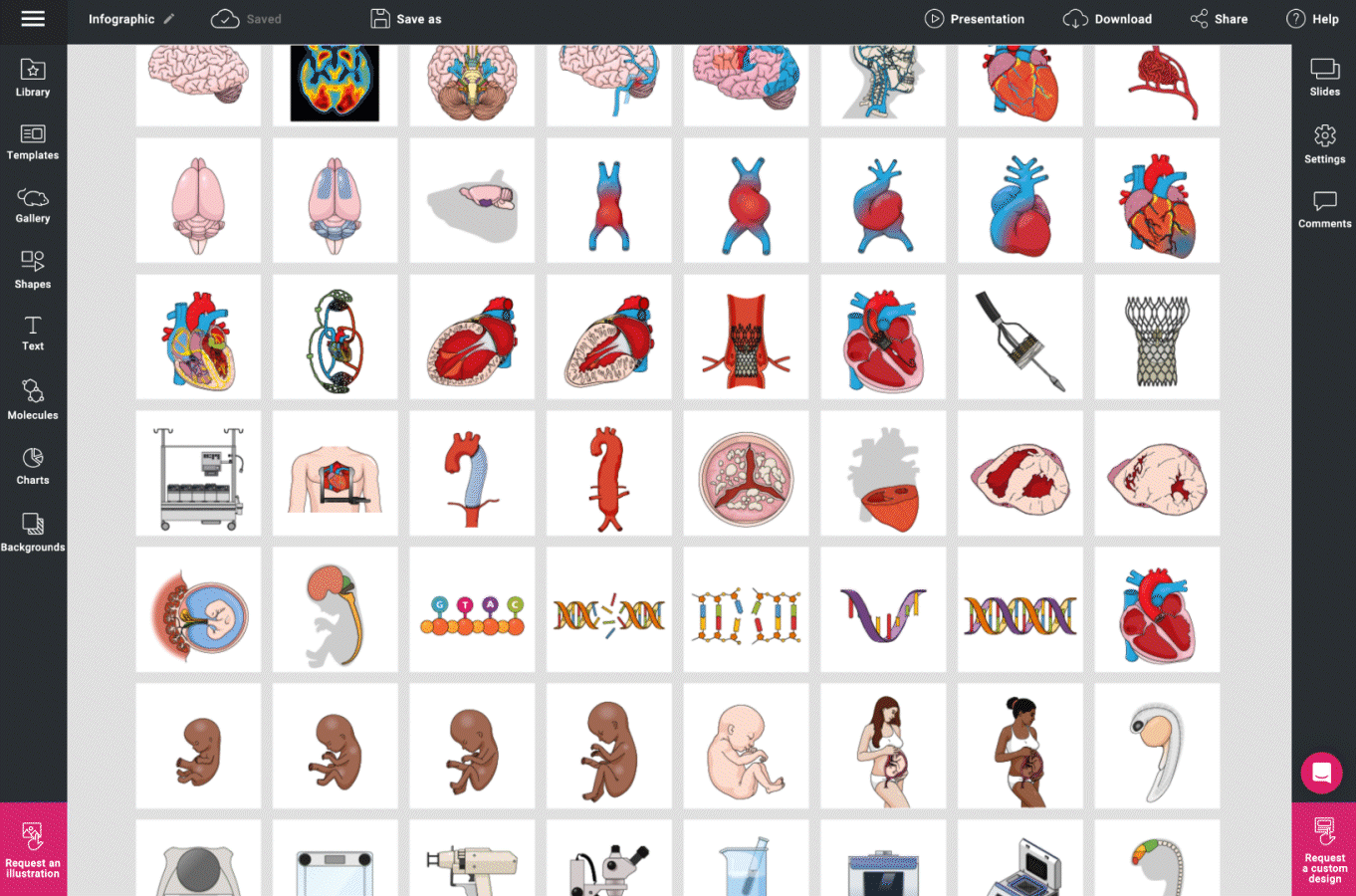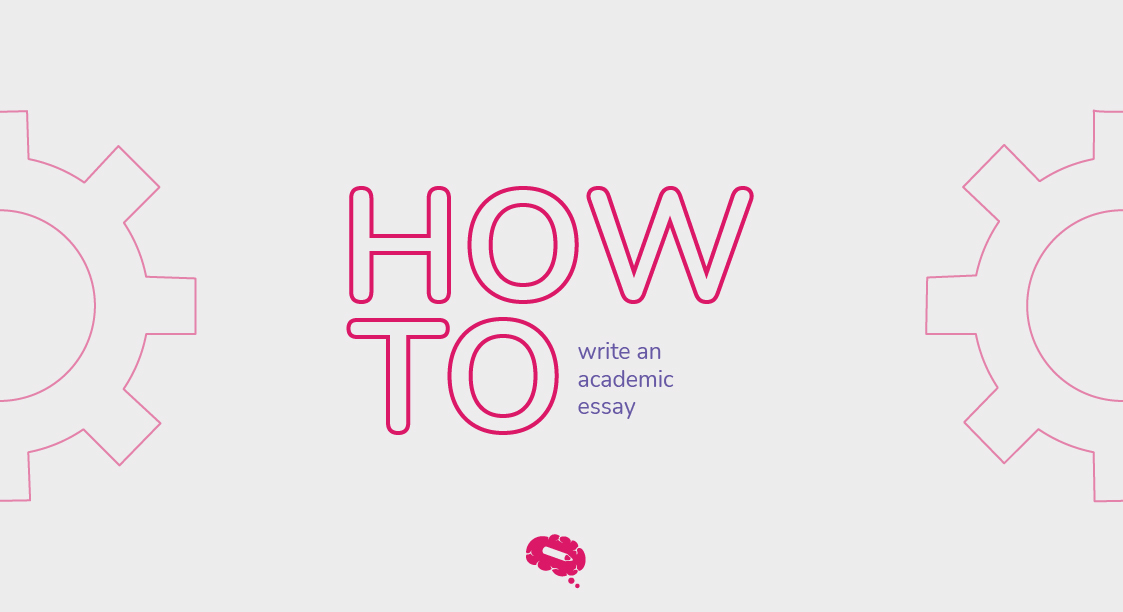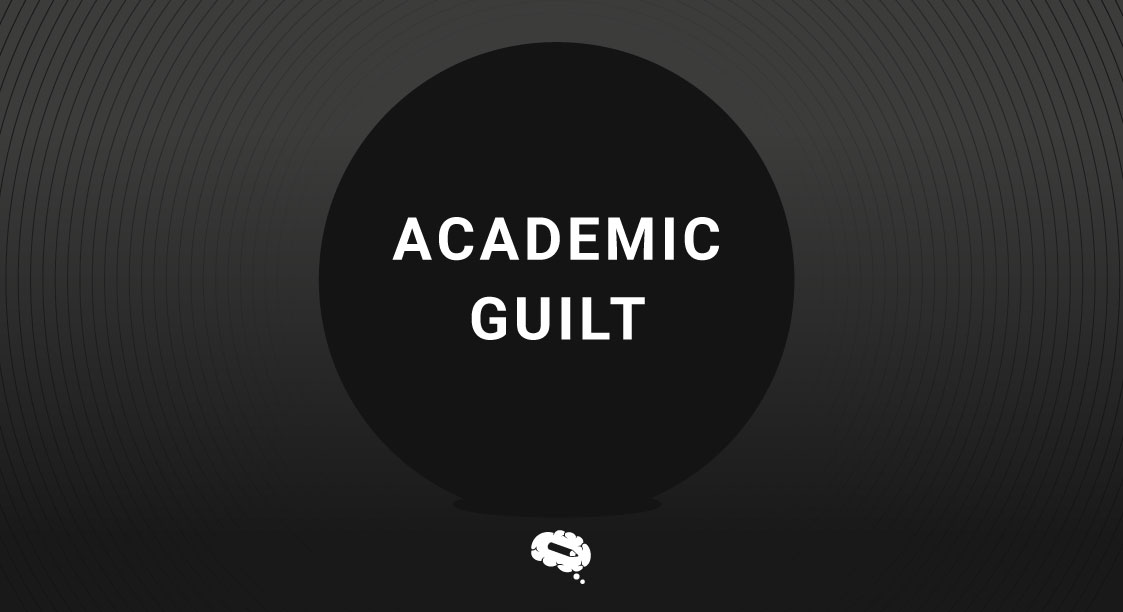Have you ever wondered what makes a well-structured essay or research paper stand out? How do writers convey their ideas effectively, maintain clarity, and persuade their readers? The answer lies in the art of crafting an effective academic paragraph. In this article, we’ll look into the world of academic paragraphs, exploring their significance, structure, and the role they play in shaping research writing.
Definition Of Academic Paragraph
An academic paragraph is a self-contained portion of academic writing, typically consisting of a topic sentence, supporting sentences with evidence or explanations, and often a concluding sentence.
It serves as a unit for presenting and developing a single idea or point within an academic essay or research paper, contributing to the overall structure and coherence of the scholarly work.
Purpose Of Academic Paragraph
The purpose of an academic paragraph is to convey a single main idea or point in a clear and organized manner within an academic essay or research paper. Academic paragraphs serve several key purposes:
Clarity
They provide a structured framework for presenting information, making it easier for readers to understand and follow the writer’s argument or analysis.
Organization
They contribute to the overall organization of the text by breaking down complex ideas or arguments into manageable segments, making the writing more coherent and logical.
Support
Academic paragraphs offer a space for presenting evidence, examples, data, or citations that support the central point or thesis of the essay, adding credibility and persuasiveness to the writer’s work.
Development
They allow for the development and elaboration of a single aspect of the topic or argument, ensuring that each idea is thoroughly explored and analyzed.
Transitions
Paragraphs often include transitional words or phrases that guide readers from one idea to the next, facilitating the flow of the text.
Reader Engagement
Well-constructed academic paragraphs keep readers engaged and help them follow the writer’s thought process, making the overall document more compelling and persuasive.
What Is A Topic Sentence?
A topic sentence is a concise and clear statement that appears at the beginning of a paragraph in a piece of writing. It serves as a mini-thesis for the paragraph, summarizing the main point or idea that the paragraph will discuss.
The topic sentence provides focus and direction to the reader, guiding them on what to expect in the paragraph and helping to maintain coherence and organization within the overall text.
Importance of Topic Sentence
The topic sentence plays a crucial role in effective writing for several reasons. Firstly, it acts as a roadmap, signaling to the reader what the paragraph is about and what information or argument they can anticipate.
This aids comprehension and allows readers to quickly grasp the writer’s intention. Additionally, topic sentences contribute to the structural integrity of a piece of writing. They help maintain a logical flow by introducing and transitioning between different ideas or points in the text.
Therefore, mastering the art of crafting effective topic sentences is fundamental for writers seeking to communicate their ideas clearly and persuasively to their readers.
How To Write An Effective Topic Sentence
Writing an effective topic sentence is essential for creating well-structured and organized paragraphs in your writing. Here are some steps to help you craft a strong topic sentence
Identify the Main Idea
Before you begin writing your topic sentence, make sure you have a clear understanding of the main point or idea you want to convey in the paragraph. This main idea should be relevant to your overall thesis or the purpose of your writing.
Be Specific and Concise
Your topic sentence should be specific and to the point. Avoid vague or overly general statements. Instead, focus on a single aspect or angle of the main idea you’re addressing in the paragraph.
Avoid Announcement or Restatement
A good topic sentence should not merely announce the topic (“In this paragraph, I will discuss…”) or restate the obvious. It should offer a unique perspective or angle that the reader may not have considered.
Make it Controversial or Debatable (if applicable)
In argumentative or persuasive writing, a topic sentence can be more effective if it presents a point of contention or a debatable stance. This encourages engagement and discussion.
Consider the Paragraph’s Role
Think about the purpose of the paragraph within the context of your overall essay or document. Is the paragraph providing evidence, explaining a concept, comparing ideas, or presenting a cause-and-effect relationship? Tailor your topic sentence to align with this role.
How To Write An Effective Previous Paragraph Using Connecting Ideas
Writing an effective previous paragraph, often referred to as a concluding paragraph or a transitional paragraph, is crucial for connecting ideas and providing a smooth transition from one section of your text to the next.
Here are some steps to help you write an effective previous paragraph that connects ideas effectively:
Review the Main Points
Before writing the previous paragraph, review the main points or ideas presented in the preceding section or paragraph. Make sure you have a clear understanding of what the reader has just encountered.
Summarize the Key Points
Begin the previous paragraph by summarizing the main points or arguments of the previous section. Concisely restate the key ideas to remind the reader of what has been discussed.
Connect to the Next Topic
Clearly indicate how the previous section connects to the upcoming topic or section. You can do this by using transitional phrases or sentences that bridge the gap between the two topics. For example, you can use phrases like “Building on this idea,” “Now, let’s explore,” or “In the next section, we will delve into.”
Highlight the Significance
Explain why the information in the previous section is important or relevant to the overall discussion. Help the reader understand how these ideas fit into the larger context of your work.
Offer a Smooth Transition
Create a smooth transition by using transitional words and phrases that guide the reader from one idea to the next. Common transitional words include “However,” “Furthermore,” “In addition,” “Moreover,” “Conversely,” and “Therefore.”
Definition And Importance Of Central Idea In Body Paragraphs
The central idea in a body paragraph, often referred to as the topic sentence of that paragraph, is the primary point of focus around which the paragraph is constructed.
It encapsulates the main idea or argument that the paragraph aims to convey and support. This central idea acts as a thematic anchor, providing clarity and direction to the reader about the specific aspect of the broader topic that the paragraph will address.
Importance of Central Idea in Body Paragraphs
Clarity and Focus
The central idea ensures that each paragraph in your writing has a clear and distinct purpose. It helps the reader understand what to expect within the paragraph and maintains focus on a single topic or argument, preventing confusion.
Structural Organization
Central ideas play a pivotal role in the overall structure and organization of a written work. They help break down complex topics into manageable sections, making the text more organized and reader-friendly.
Support and Development
The central idea serves as a foundation for presenting evidence, examples, analysis, or explanations within the paragraph. It guides the writer in providing relevant and coherent support for the main argument.
Reader Engagement
A well-articulated central idea captures the reader’s attention and interest, as it gives them a clear sense of the paragraph’s significance. Readers are more likely to engage with your writing when they can easily discern the purpose of each section.
Argument Development
In argumentative or persuasive writing, central ideas in body paragraphs serve as the key points or sub-arguments that collectively support the main thesis. They help build a robust case or line of reasoning.
In conclusion, understanding the concept of an academic paragraph is essential for effective scholarly writing. Academic paragraphs serve as the building blocks of well-structured essays and research papers, enabling writers to present their ideas coherently and persuasively.
Developing proficiency in academic paragraph writing is a crucial step toward becoming a more effective communicator and a successful scholar.
Over 75,000 Accurate Scientific Figures To Boost Your Impact
As a scientist or researcher, finding the right visual that aligns with your research or academic paper is challenging. But visuals and infographics are the best way to disseminate your research in an easy-to-understand format.
So are you in a grind of searching for the right designer or tool to design scientific illustrations? We got you! Mind the Graph is a tool that has over 75,000 accurate scientific figures to boost your impact. Sign up now and explore the world of scientific illustrations.

Subscribe to our newsletter
Exclusive high quality content about effective visual
communication in science.






